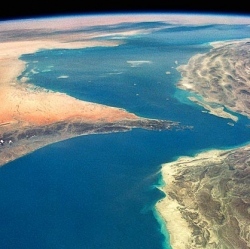
There is a new class of planet out there that astronomers are calling the "mega-Earth". It is an object with a hard surface like our own world but much, much bigger. The necessity for the new designation follows the discovery of a planet which has a mass some 17 times that of Earth. Known as Kepler-10c, it orbits a star about 560 light-years away.
Scientists described its properties at an American Astronomical Society meeting in Boston. They confess it is something of a head-scratcher. Theorists had always thought that any planet that large would pull so much hydrogen on to itself that it would look more like a Neptune or a Jupiter.
"The proper way to call it is something bigger than a ‘super-Earth, so how about ‘mega-Earth," Prof Dimitar Sasselov, of the Harvard-Smithsonian Center for Astrophysics (CfA), told reporters. He also used the phrase, "the Godzilla of Earths!". Kepler-10c, as the name suggests, was detected by the US space agency’s Kepler telescope. This finds new worlds by looking for the tiny dip in light as they pass in front of their parent stars.
